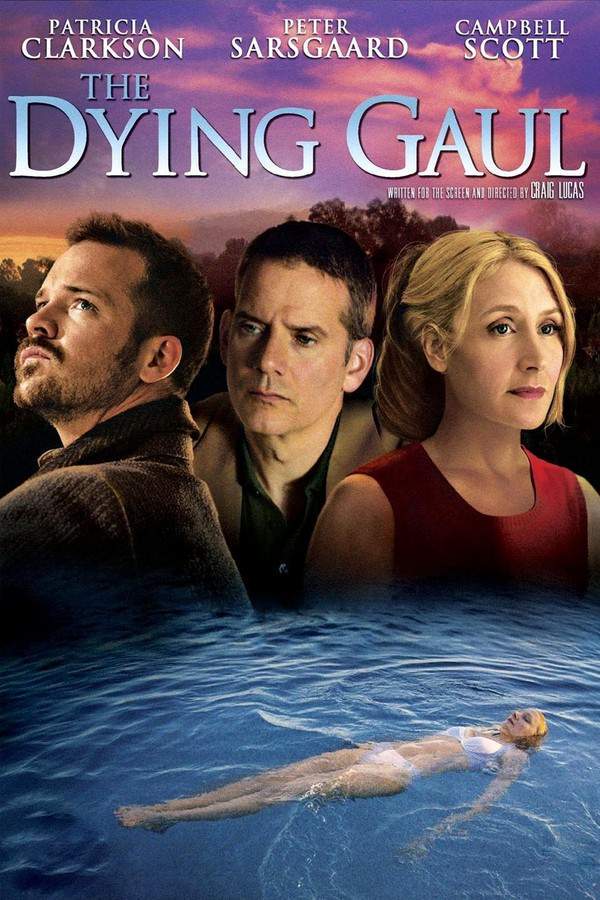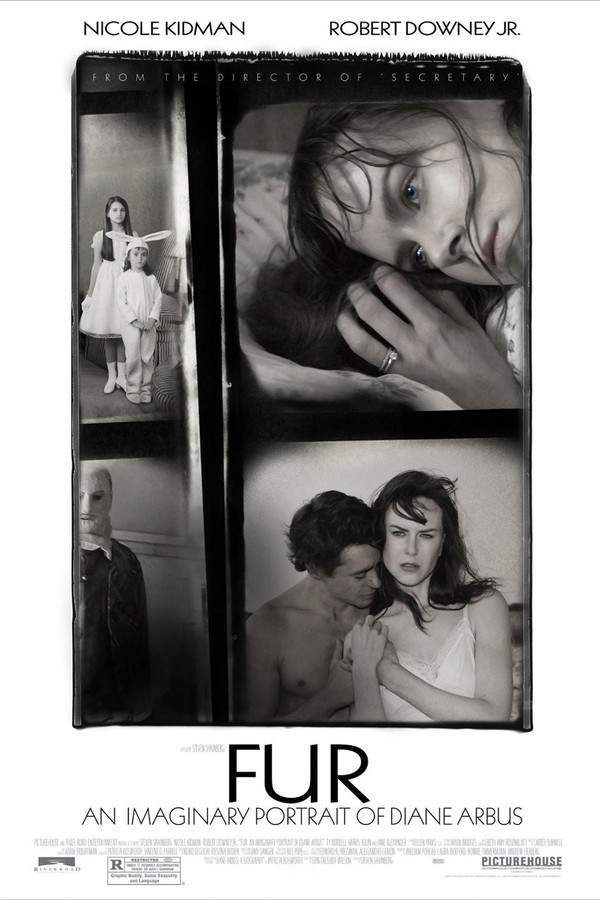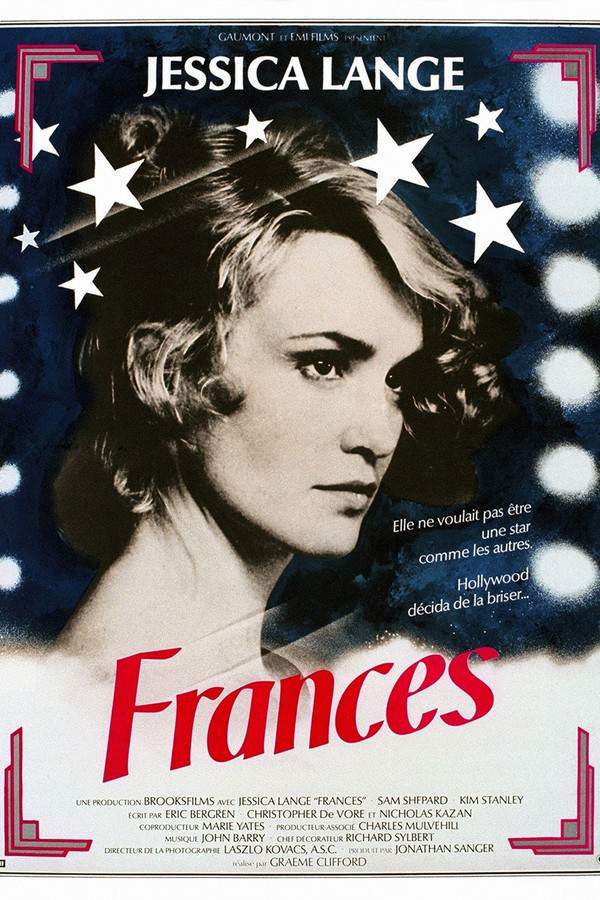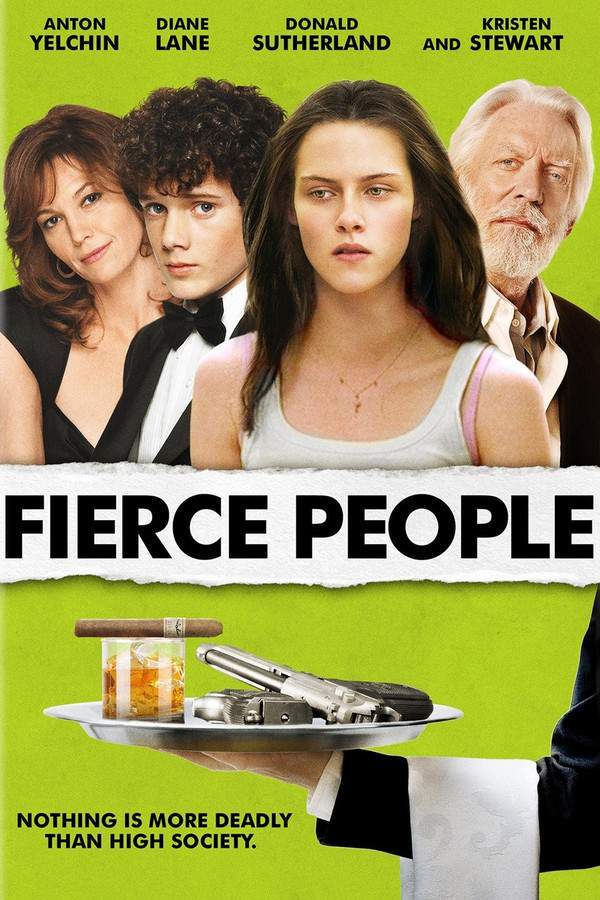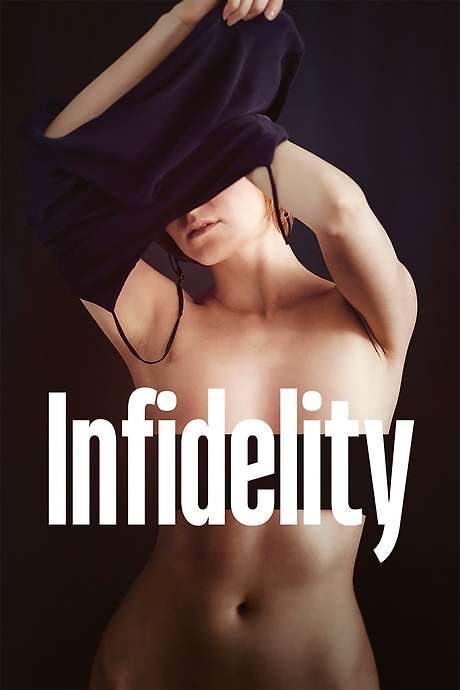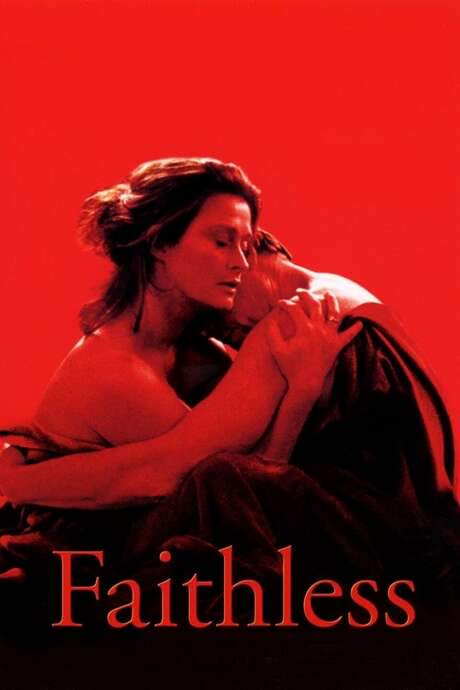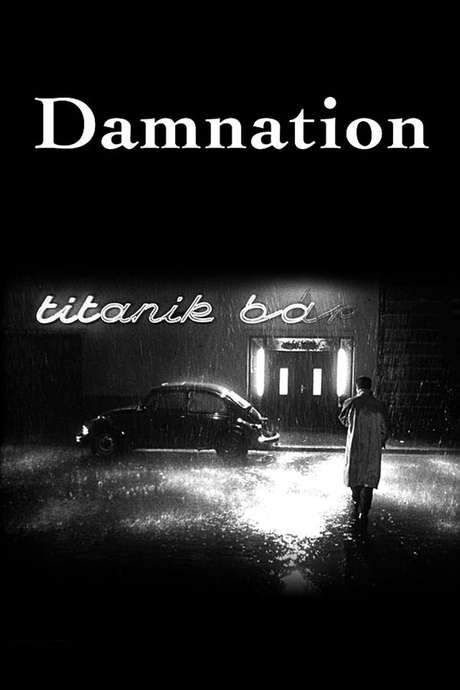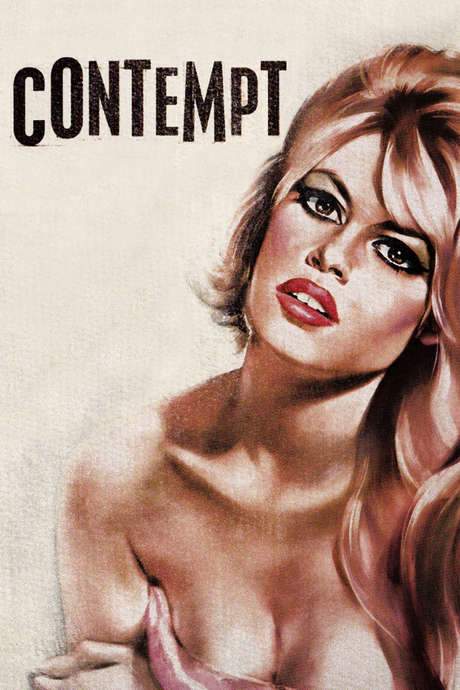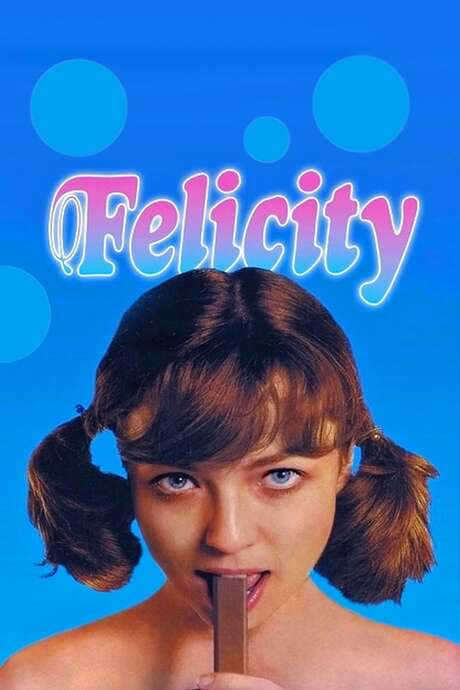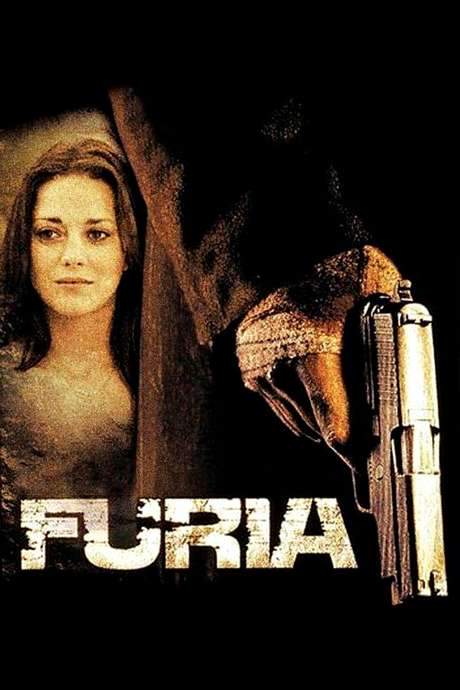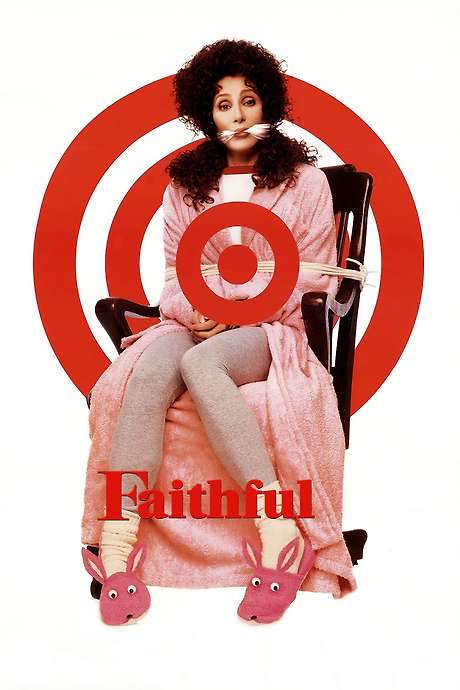
Fedora
Year: 1978
Runtime: 114 mins
Language: English
Director: Billy Wilder
She has clung to the feeling of youth for so long that letting it go seems impossible. When an eager Hollywood schemer crosses paths with a reclusive former star, he sets out to coax her out of retirement, sparking a clash between ambition and the lingering allure of past glamour.
Warning: spoilers below!
Haven’t seen Fedora yet? This summary contains major spoilers. Bookmark the page, watch the movie, and come back for the full breakdown. If you're ready, scroll on and relive the story!
Fedora (1978) – Full Plot Summary & Ending Explained
Read the complete plot breakdown of Fedora (1978), including all key story events, major twists, and the ending explained in detail. Discover what really happened—and what it all means.
Fedora is a reclusive, globe-spanning film icon whose beauty has seemed to defy time, keeping her in the public eye only through carefully curated appearances. For years she held the world in thrall, then vanished from sight, retreating to a private island near Corfu. Her sudden absence fueled endless speculation about whether she would ever return to the screen. The shock comes when it’s confirmed that she has died, a suicide carried out by stepping in front of a train, and the industry grapples with the mystery of what she became in private.
At Fedora’s funeral, the mood is heavy with sadness and unresolved questions, and one mourner in particular stands out: Barry Detweiler, an aging Hollywood producer who once shared a romance with Fedora. He remembers a recent visit to her villa on the Corfu shore, made two weeks before her death, when he hoped to persuade her to un-retire for a new adaptation of Anna Karenina. The memory is tangled with doubt, because Fedora appears disoriented and oddly forgetful about their past, casting doubt on the story she tells him about her life on the island.
Fedora insists she is a prisoner, kept by a small, insistent circle: the Countess Sobryanski, her overprotective servant Miss Balfour, her stern driver Kritos, and the physician Doctor Vando, the cosmetic surgeon who has kept Fedora looking ageless. Dutch’s instinct is to help her break free, but the island’s defenses prove formidable: Kritos knocks him unconscious, and when he awakens, Fedora has already died, the victim of suicide rather than escape. Yet a seed of doubt lingers in Dutch’s mind—could this be murder, engineered to hide a deadly truth about her captivity?
The funeral becomes a charged stage for accusation and revelation. Dutch openly accuses Doctor Vando and the Countess Sobryanski of murdering Fedora. The tides turn, however, when the Countess reveals a startling truth of her own: she is Fedora, in the flesh, a carefully maintained deception meant to shield a darker secret. The woman who died was Fedora’s daughter, Antonia, who bore a striking resemblance to her mother but possessed a sharper talent and an unblemished stage presence that prompted suspicions about Fedora’s own aging artistry. The ruse held for years, convincing many that Fedora had matured into a more skilled actress with age, while the real Fedora watched from behind the scenes.
Antonia’s life becomes the tragic fulcrum of the tale. She looked enough like her mother to fool the world, yet her augmented beauty and talent could not protect her from the hurt of jealousy, the lure of fame, and the corrosive pressure it placed on her mind. Antonia’s love interest on the screen was Michael York, and the pair shared a film project that brought the danger of exposure to light. The truth threatens to derail both Antonia’s career and Fedora’s enduring legacy, so Fedora makes a drastic choice to retire Antonia quietly and keep her prisoner on the island, ensuring the secret remains buried. The combination of isolation, lost opportunity, and a fractured relationship with the truth drives Antonia toward drugs, which in turn erode her looks and her sanity.
Guilt gnaws at Fedora. She recognizes that allowing Antonia to leave the island would trigger a media storm that could shatter the fragile mind of the daughter and ruin the family’s public image. Fedora, in her own way, has been tending to Antonia, hoping to shield her from a world that would not tolerate the truth. Dutch’s arrival interrupts this fragile balance, reminding Antonia of a life she cannot reclaim, and she ultimately destroys herself, a tragedy fed by the long shadows of the deception.
In the wake of these revelations, Dutch struggles with a moral choice. He considers exposing the sordid tale to the press, exposing the chain of manipulation and the hidden costs of fame, but his lingering feelings for Fedora complicate the decision. He decides that she has already paid a heavy price—the loss of her career, the weight of her guilt over her daughter—and chooses to part with her without adding to the scandal. He bids farewell to the aging Fedora, who dies a few weeks after their parting, her life closed to the world but perhaps finally at peace.
The film paints a somber portrait of celebrity, memory, and the price of living behind a veneer. It threads a dual history of deception and loyalty, suggesting that fame may demand more sacrifices than it can bear. Through its layered revelations, it asks whether a life lived in the public eye can ever truly be private, and whether a mother’s regrets can justify the most brutal of choices. The characters—fed by a dense web of relationships and the ever-watchful press—move within a world where beauty, performance, and truth collide, and where the cost of keeping up appearances can be, in the end, devastating for everyone involved.
Last Updated: October 09, 2025 at 11:20
Unlock the Full Story of Fedora
Don't stop at just watching — explore Fedora in full detail. From the complete plot summary and scene-by-scene timeline to character breakdowns, thematic analysis, and a deep dive into the ending — every page helps you truly understand what Fedora is all about. Plus, discover what's next after the movie.
Fedora Timeline
Track the full timeline of Fedora with every major event arranged chronologically. Perfect for decoding non-linear storytelling, flashbacks, or parallel narratives with a clear scene-by-scene breakdown.

Similar Movies to Fedora
Discover movies like Fedora that share similar genres, themes, and storytelling elements. Whether you’re drawn to the atmosphere, character arcs, or plot structure, these curated recommendations will help you explore more films you’ll love.
Explore More About Movie Fedora
Fedora (1978) Scene-by-Scene Movie Timeline
Fedora (1978) Movie Characters, Themes & Settings
Fedora (1978) Spoiler-Free Summary & Key Flow
Movies Like Fedora – Similar Titles You’ll Enjoy
Delicatessen (1992) Ending Explained & Film Insights
The Dying Gaul (2005) Plot Summary & Ending Explained
Fur: An Imaginary Portrait of Diane Arbus (2006) Story Summary & Characters
Frances (1982) Detailed Story Recap
Feast of Love (2007) Story Summary & Characters
Fierce People (2007) Story Summary & Characters
Fidelity (2019) Film Overview & Timeline
Faithless (2000) Complete Plot Breakdown
Femina (1991) Complete Plot Breakdown
Damnation (1988) Film Overview & Timeline
Contempt (1963) Full Movie Breakdown
Felicity (1978) Detailed Story Recap
F as in Fairbanks (1976) Detailed Story Recap
Furia (1999) Movie Recap & Themes
Faithful (1996) Full Summary & Key Details




